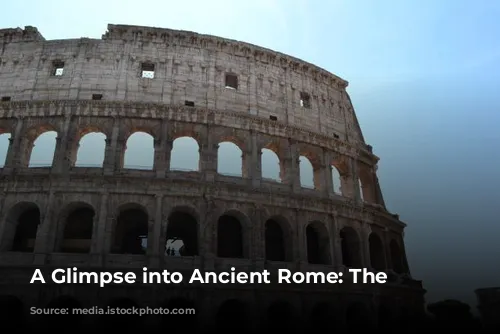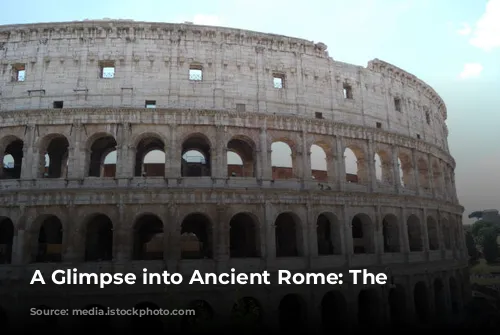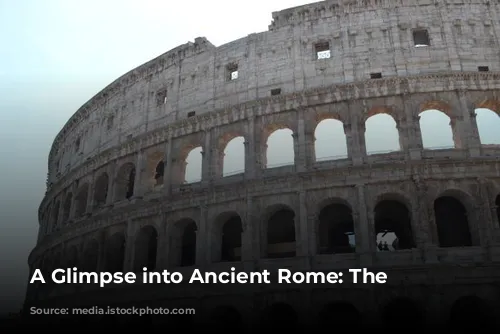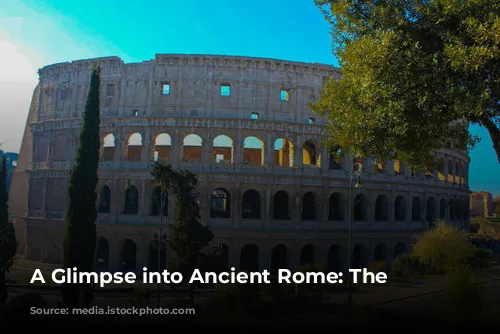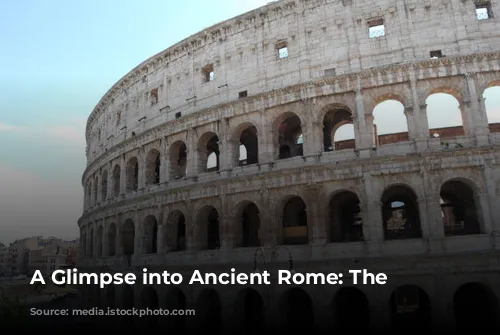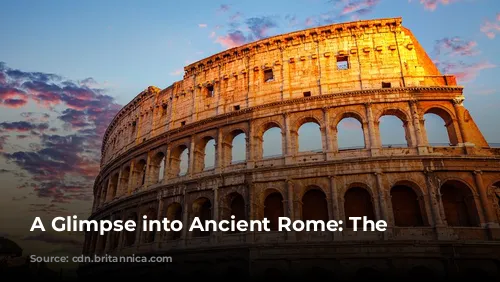The Colosseum, one of the few remaining structures from the Roman Empire, stands as a remarkable testament to the architectural and engineering brilliance of ancient Rome. More than just a historical landmark, it’s also a significant source of income for Italy’s tourism industry. In 2018 alone, the Colosseum, along with the Roman Forum and Palatine Hill, generated over $63.3 million (€53.8 million), surpassing all other tourist attractions in Italy. This speaks volumes about the enduring allure of this ancient wonder.
From Glory to Neglect and Rebirth
The Colosseum’s story is one of both grandeur and decline. After the fall of the Western Roman Empire, the once-glorious arena fell into disrepair. During the 12th century, it was repurposed as a fortress by the Frangipane and Annibaldi families, far removed from its original purpose. In the late 15th century, Pope Alexander VI allowed the Colosseum to be used as a quarry, a heartbreaking example of how a historical treasure was exploited. It wasn’t until the 1990s, after centuries of neglect, that state-funded restoration efforts began to bring the Colosseum back to life.
A Symbol of Imperial Power
The Colosseum’s construction was a grand gesture by the Roman emperor Vespasian, intended to revitalize Rome following the turbulent “Year of the Four Emperors” in 69 CE. Like other amphitheaters, the Colosseum was envisioned as a venue for entertainment, designed to captivate the Roman populace. Gladiator fights, animal hunts, and even mock naval battles were staged within its walls, captivating the crowds with their spectacle and drama.

The Rise of a Monument
Construction began under Vespasian between 70 and 72 CE, and the completed structure was dedicated in 80 CE by his son and successor, Titus. The Colosseum’s fourth story was added by the emperor Domitian in 82 CE. Interestingly, the arena’s construction was financed by the spoils of war from Titus’s conquest of Jerusalem in 70 CE, built in part by enslaved Jews from Judaea.
A Colossal Structure: Architecture and Design
The Colosseum, also known as the Flavian Amphitheatre, is an elliptical structure built with stone, concrete, and tuff. It towers four stories high, measuring 620 by 513 feet (189 by 156 meters), and could accommodate up to 50,000 spectators. The Colosseum’s fame is inextricably linked to its use for gladiatorial combat, a spectacle that captivated ancient Rome.
A Legacy of Entertainment
Construction of the Colosseum began during the reign of Vespasian, sometime between 70 and 72 CE. Located east of the Palatine Hill, it was built on the site of Nero’s Golden House, replacing the artificial lake at the heart of the palace complex. This symbolic act was as much about Vespasian’s desire to replace the tyranny of his predecessor with a public spectacle as it was about practicality.
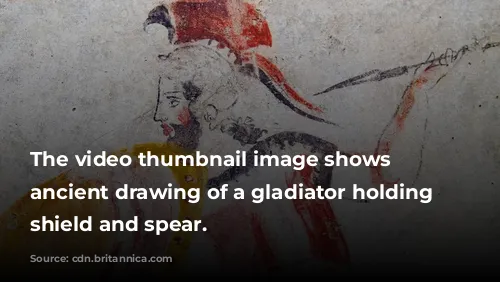
A Masterpiece of Engineering
The Colosseum was officially dedicated in 80 CE by Titus in a ceremony that lasted 100 days, filled with games and entertainment. Domitian later added the uppermost story in 82 CE. Unlike earlier amphitheaters, which were often built into hillsides for support, the Colosseum stands alone, a feat of engineering and construction. It features a complex system of barrel and groin vaults, reaching a monumental size of 620 by 513 feet (189 by 156 meters). The exterior features arcades framed by engaged columns in the Doric, Ionic, and Corinthian orders, a design that influenced later architectural styles during the Renaissance. The main structure is made of travertine, secondary walls of volcanic tuff, while the inner bowl and arcade vaults are made of concrete.
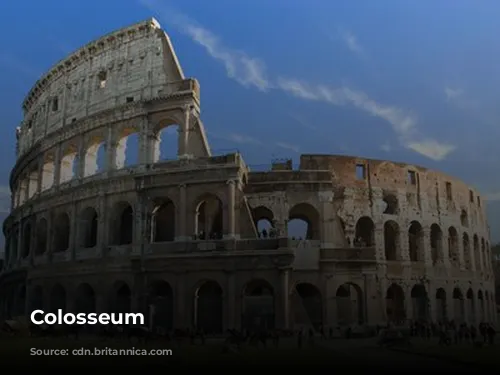
A Venue for Spectacle
The Colosseum was designed to accommodate a massive audience, seating approximately 50,000 spectators. A massive retractable awning, known as a velarium, protected the crowds from the sun. Hundreds of Roman sailors were needed to manipulate the rigging that extended and retracted the velarium, supported by masts that extended from corbels built into the Colosseum’s top story. The Colosseum witnessed countless gladiatorial combats, battles between men and animals, and even mock naval battles. While the arena may have been the site of the martyrdom of early Christians, this remains uncertain.
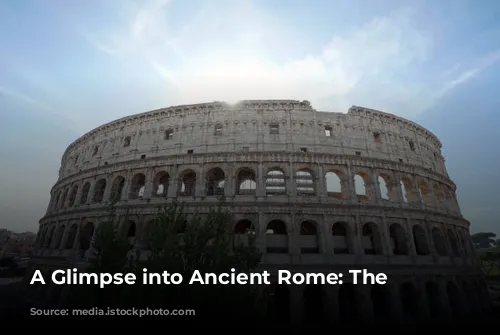
From Ruin to Restoration
In the Middle Ages, the Colosseum was repurposed as a church and later used as a fortress by the Frangipane and Annibaldi families. The Colosseum suffered damage from lightning, earthquakes, vandalism, and pollution. The marble seats and decorative materials were stripped away, leaving the structure neglected for over a thousand years. However, preservation efforts began in earnest in the 19th century, led by Pius VIII, and a major restoration project was undertaken in the 1990s.
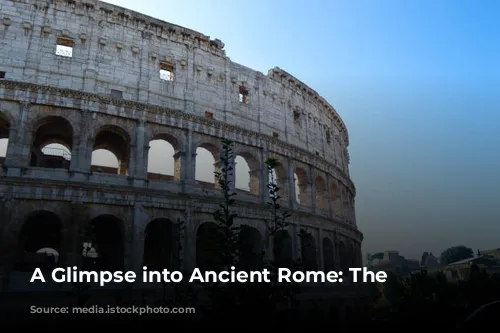
A Timeless Symbol
Today, the Colosseum is one of Rome’s most iconic landmarks, attracting millions of visitors annually. The arena hosts changing exhibitions related to ancient Roman culture, further enhancing its appeal. The Colosseum stands as a testament to the power of the Roman Empire, a symbol of their architectural and engineering prowess, and a captivating reminder of a bygone era.
